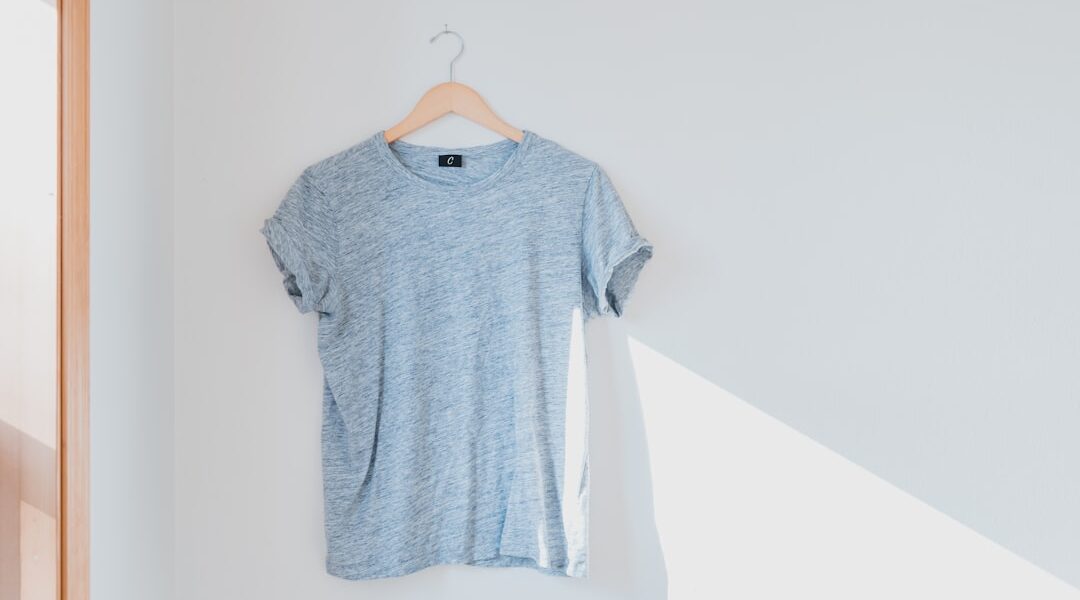Peasant fashion in the 1600s reflected the social and economic status of the lower classes. The clothing was practical, durable, and often made from locally sourced materials. It was influenced by resource availability, climate, and regional traditions.
Peasant attire distinguished the lower classes from the upper classes, who wore more elaborate and expensive garments. Despite their social status, peasants took pride in their clothing and adorned themselves with culturally significant accessories. The fashion was characterized by simplicity and functionality, designed to withstand manual labor and provide protection from the elements.
Peasants typically wore loose-fitting garments for ease of movement, such as tunics, smocks, and breeches. Women wore long skirts and bodices, while men wore trousers and shirts. The colors were often muted and earthy, reflecting the natural dyes available at the time.
Peasant fashion was also influenced by the availability of fabrics and materials, with wool, linen, and hemp being commonly used due to their durability and affordability.
Key Takeaways
- Peasant fashion in the 1600s was characterized by simplicity, functionality, and practicality, reflecting the lifestyle and work of the peasant class.
- Fabrics such as wool, linen, and hemp were commonly used in peasant fashion, with natural dyes and simple weaving techniques being prevalent.
- Social class heavily influenced peasant fashion, with the wealthy using finer fabrics and elaborate adornments, while the lower class made do with more basic materials and minimal embellishments.
- Accessories such as aprons, caps, and shawls were essential in peasant fashion, serving both practical and decorative purposes.
- Regional variations in peasant fashion were influenced by climate, local customs, and available resources, leading to diverse styles across different areas.
Fabrics and Materials Used in Peasant Fashion
Natural Fibers
Wool was a popular choice for peasant clothing, as it was durable, warm, and readily available. Peasants often sheared their own sheep and spun the wool into yarn before weaving it into fabric for their garments. Linen was another commonly used fabric, particularly in regions where flax was grown and processed. Linen was lightweight and breathable, making it ideal for warm weather. Hemp was also used for clothing, especially in areas where it was cultivated for its fibers.
Leather and Accessories
In addition to natural fibers, peasants also utilized leather for footwear and accessories. Leather was a practical choice for shoes and belts, as it provided protection and durability for those working in agricultural or manual labor.
Plant-Based Dyes
Peasants made use of plant-based dyes to color their fabrics, using materials such as madder root, woad, and indigo to create a range of earthy tones. These natural dyes not only added color to their clothing but also reflected the connection between peasants and the land they worked.
The Influence of Social Class on Peasant Fashion

The influence of social class on peasant fashion in the 1600s was significant, as clothing was a clear indicator of one’s place in society. Peasants were limited in their choice of fabrics and styles due to their lower economic status, often making do with what they could afford or produce themselves. The clothing worn by peasants was practical and utilitarian, designed to withstand the demands of their daily labor.
In contrast, the upper classes had access to finer fabrics such as silk, velvet, and brocade, as well as intricate embellishments and embroidery. The distinction between social classes was also evident in the cut and construction of garments. Peasants typically wore simple, unadorned clothing that was easy to produce and maintain.
In contrast, the upper classes wore garments that were tailored to fit their bodies and often featured elaborate details such as lace, ruffles, and decorative stitching. The influence of social class on peasant fashion extended to the types of accessories worn as well. While peasants adorned themselves with practical items such as leather belts and wooden jewelry, the upper classes wore jewelry made from precious metals and gemstones.
Accessories and Adornments in Peasant Fashion
| Accessory | Description | Significance |
|---|---|---|
| Headscarf | A piece of cloth worn around the head | Symbol of modesty and protection from the sun |
| Apron | A protective garment worn over the front of the body | Indicates the wearer’s occupation and social status |
| Belts | Strips of leather or fabric worn around the waist | Functional for holding garments in place and decorative |
| Jewelry | Ornaments such as necklaces, bracelets, and earrings | Reflects cultural traditions and personal adornment |
Accessories and adornments played an important role in peasant fashion during the 1600s, serving both practical and decorative purposes. Peasants often adorned themselves with items that were meaningful to their culture and traditions, such as talismans, charms, and religious symbols. These items were believed to offer protection and bring good fortune to those wearing them.
Additionally, accessories such as belts, scarves, and hats were used to add a touch of individuality to peasant attire. Belts were an essential accessory for both men and women, serving to cinch the waist and hold garments in place during physical labor. Peasants often crafted their own belts from leather or woven fibers, adding decorative elements such as metal buckles or embroidery.
Scarves were another popular accessory, worn by both men and women to provide warmth and protection from the elements. Peasants would often tie scarves around their necks or heads in a variety of styles, using them as a practical yet stylish addition to their attire.
Regional Variations in Peasant Fashion
Peasant fashion in the 1600s exhibited significant regional variations, influenced by factors such as climate, available resources, and cultural traditions. In colder climates, such as northern Europe, peasants wore heavier wool garments to provide insulation against the cold. In warmer regions, such as southern Europe, linen and lightweight cotton fabrics were more common due to their breathability.
Regional variations also extended to the styles of clothing worn by peasants, with different regions developing unique cuts and silhouettes based on local customs and traditions. The availability of resources also played a significant role in shaping regional variations in peasant fashion. In areas where flax was cultivated, linen was a popular choice for clothing due to its abundance.
In regions with a strong tradition of sheep farming, wool was the primary fabric used for peasant attire. Additionally, regional variations in peasant fashion were influenced by cultural practices and historical influences. For example, certain regions may have incorporated elements of traditional folk dress into their peasant attire, adding unique embellishments or patterns that reflected their heritage.
The Evolution of Peasant Fashion in the 1600s

Technological Advancements and Trade Routes
The evolution of peasant fashion in the 1600s was significantly influenced by technological advancements and the expansion of trade routes. As new weaving techniques were developed, peasants gained access to a wider range of fabrics and materials for their clothing. This led to an increase in the variety of colors, textures, and patterns incorporated into their attire, resulting in a more diverse and vibrant peasant fashion.
Social Dynamics and Urbanization
Changes in social dynamics during this time period also played a crucial role in shaping peasant fashion. As urbanization increased and trade networks expanded, peasants were exposed to new ideas and influences from different regions. This led to a blending of traditional peasant attire with elements of urban fashion, resulting in a more eclectic and diverse style.
Cultural Attitudes and Self-Expression
Furthermore, the evolution of peasant fashion was influenced by shifts in cultural attitudes towards clothing and appearance. As notions of individuality and self-expression began to emerge, peasants began to incorporate more personal touches into their attire, such as unique accessories or embellishments. This marked a significant shift towards a more personalized and expressive peasant fashion.
Legacy of Peasant Fashion in Modern Style
The legacy of peasant fashion in modern style can be seen in the continued popularity of certain elements of traditional peasant attire. The use of natural fibers such as linen and wool remains prevalent in contemporary fashion, reflecting a continued appreciation for sustainable and eco-friendly materials. Additionally, the influence of peasant fashion can be seen in the ongoing popularity of bohemian and folk-inspired styles, which often incorporate elements such as embroidery, fringed details, and loose-fitting silhouettes reminiscent of traditional peasant attire.
The legacy of peasant fashion is also evident in the ongoing interest in traditional crafts and techniques such as weaving, embroidery, and natural dyeing. Many contemporary designers draw inspiration from these traditional practices, incorporating them into modern designs as a way to honor the rich heritage of peasant fashion. Furthermore, the influence of peasant fashion can be seen in the growing movement towards ethical and slow fashion, which emphasizes the importance of sustainable production methods and fair labor practices.
This reflects a continued appreciation for the values of simplicity, durability, and craftsmanship that were inherent in traditional peasant attire. In conclusion, peasant fashion in the 1600s was a reflection of the social, economic, and cultural dynamics of the time period. The clothing worn by peasants was practical, durable, and influenced by regional variations in climate, resources, and traditions.
The influence of social class on peasant fashion was significant, with distinct differences in fabrics, styles, and accessories between the lower and upper classes. The legacy of peasant fashion continues to be seen in modern style through the ongoing popularity of natural fibers, traditional crafts, and ethical production practices.
If you’re interested in learning more about 1600s fashion peasant attire, you should check out this article on Fedecustomshop.com. It provides a detailed look at the clothing worn by peasants during this time period, including the materials used, the styles that were popular, and the social significance of their attire. It’s a fascinating read for anyone interested in historical fashion.
FAQs
What did peasants wear in the 1600s?
Peasants in the 1600s typically wore simple and practical clothing made from rough, durable fabrics such as wool, linen, and hemp. Their attire often consisted of loose-fitting tunics, shirts, and trousers, along with aprons and cloaks for added warmth and protection.
What were the common colors and patterns for peasant clothing in the 1600s?
Peasant clothing in the 1600s was often dyed in earthy tones such as brown, green, and gray, as these colors were easier to produce using natural dyes. Patterns were usually simple and utilitarian, with minimal decoration or embellishments.
What types of accessories did peasants wear in the 1600s?
Peasants in the 1600s often wore practical accessories such as leather belts, hats, and scarves to protect themselves from the elements. They also wore sturdy leather or wooden shoes for everyday work.
How did social status influence peasant fashion in the 1600s?
Peasant fashion in the 1600s was heavily influenced by social status, with wealthier peasants being able to afford slightly better quality fabrics and more decorative elements in their clothing. However, overall, peasant fashion remained simple and functional regardless of social standing.




